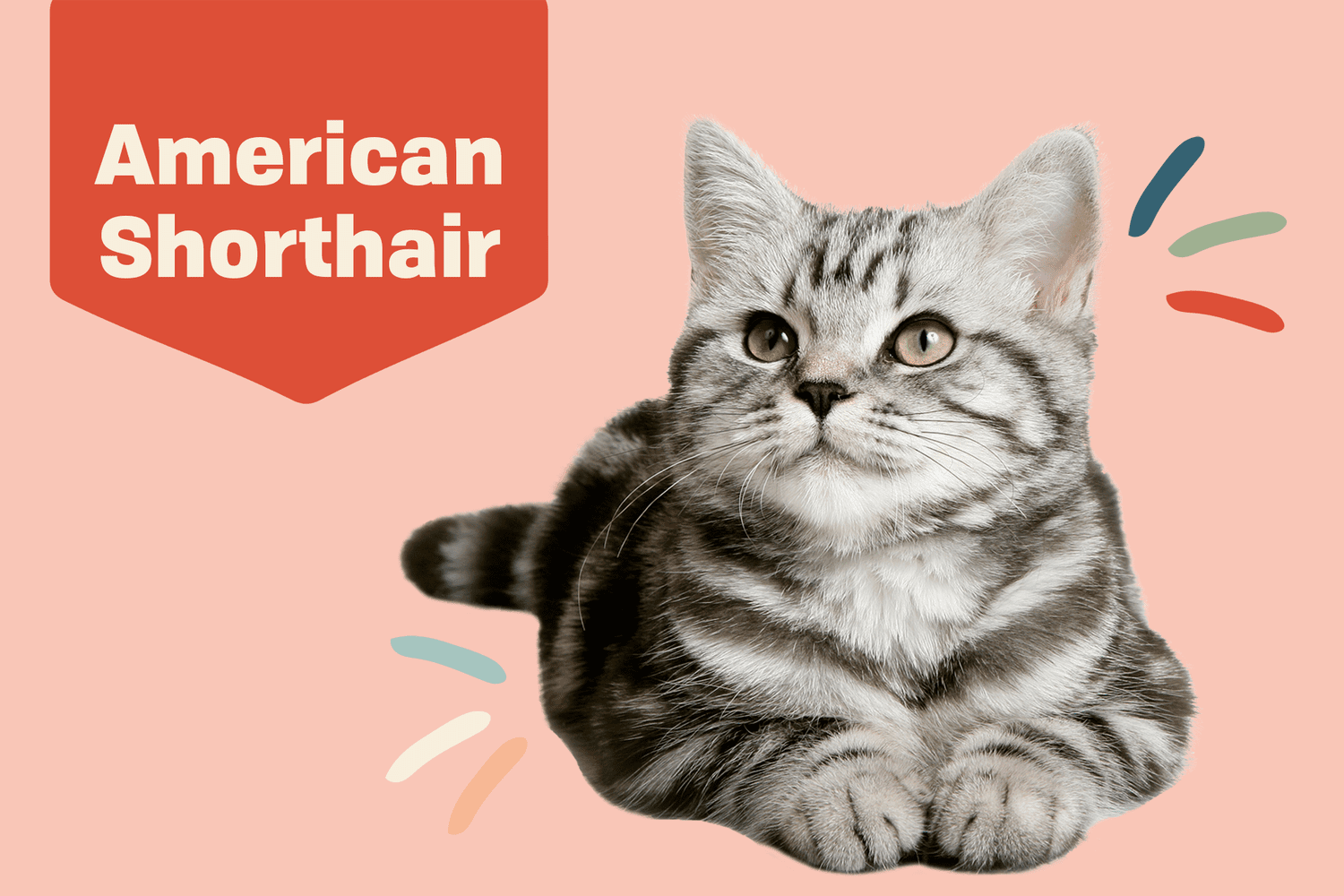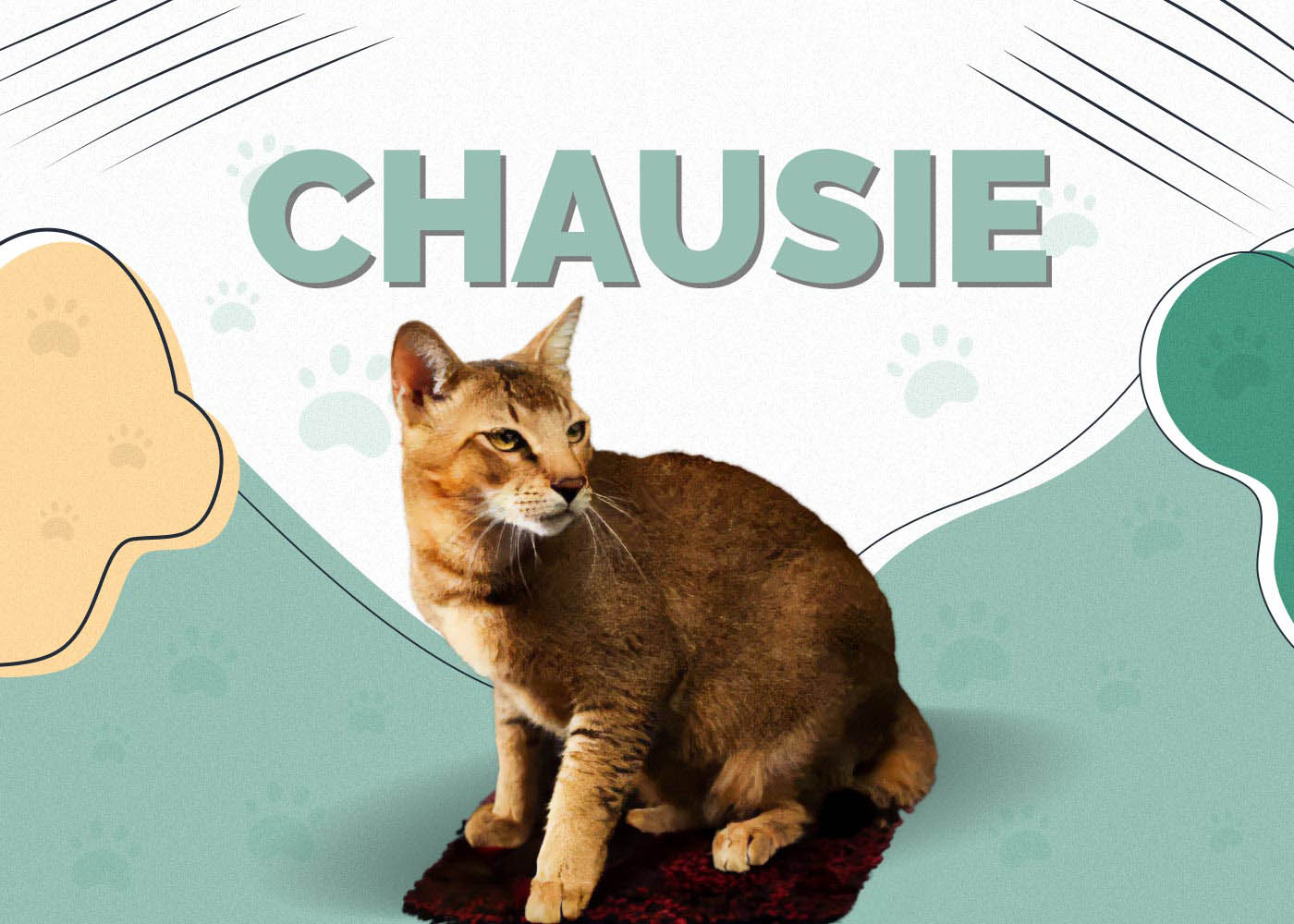Persian Cat Complete Guide: Breed Profile, Characteristics, Care, Training, Pros & Cons, and Price
The Persian cat, with its long luxurious coat, round face, and calm demeanor, is one of the most iconic and beloved cat breeds worldwide. Known for their regal appearance and affectionate nature, Persian cats make for elegant companions in homes that can cater to their grooming needs and love for serenity. This comprehensive guide offers everything you need to know about Persian cats — from breed profile and personality traits to how to care for, train, and choose one, plus the pros and cons and cost breakdown.
I. Persian Cat Breed Profile
| Attribute | Details |
|---|---|
| Origin | Iran (historically Persia) |
| Size | Medium to large |
| Weight | 3.5–7 kg (7.7–15 lbs) |
| Lifespan | 12–17 years |
| Coat Type | Long, dense, and silky |
| Eye Color | Copper, blue, green, or odd-eyed |
| Personality | Calm, gentle, affectionate |
| Activity Level | Low to moderate |
| Good for Families | Yes, especially quiet homes |
| Hypoallergenic | No |
II. Appearance and Physical Characteristics
The Persian cat is the epitome of feline beauty:
- Face: Flat-faced (brachycephalic) or traditional (doll face) with a rounded head and snub nose.
- Eyes: Large, round, and expressive.
- Body: Cobby body — short, thick legs, broad chest, and short tail.
- Coat: A hallmark feature — flowing, thick, and plush. Requires daily grooming.
- Color Varieties: Over 100 recognized colors including white, black, blue, cream, red, silver, golden, and chocolate in patterns such as solid, tabby, bicolor, Himalayan (pointed), smoke, and chinchilla.
III. Personality and Temperament
Persians are best described as:
- Affectionate but Reserved: They love being close to their humans but are not overly clingy.
- Quiet and Calm: Enjoy relaxing on the sofa or sunbathing rather than active play.
- Adaptable: Tolerant of calm children and other pets.
- Sensitive: Dislike loud noises or chaotic environments.
- Loyal: Form strong bonds with family but may be wary of strangers.
Persians are perfect for those who prefer a peaceful pet over an energetic one.
IV. How to Care for a Persian Cat
A. Grooming
The Persian’s coat is its crowning glory but also its biggest maintenance challenge.
- Daily Brushing: Prevents matting and tangling.
- Bathing: Every 4–6 weeks with cat-safe shampoo.
- Eye Cleaning: Tear staining is common; use damp cotton daily.
- Ear Cleaning & Nail Trimming: Weekly care helps avoid infections and overgrowth.
B. Diet and Nutrition
- High-quality Protein: Preferably from chicken, turkey, or fish.
- Omega Fatty Acids: To support skin and coat health.
- Controlled Portions: To avoid obesity — Persians are prone to weight gain.
C. Litter Box Hygiene
- Use a low-sided litter box for easy access.
- Scoop daily and change litter weekly to prevent respiratory issues.
D. Exercise and Enrichment
Though low-energy, Persians still need mental and physical stimulation.
- Toys: Feather wands, balls, and puzzle feeders.
- Cat Trees: Provide vertical space and a sense of safety.
- Interactive Play: 15–20 minutes per day to avoid lethargy.
V. How to Train a Persian Cat
Persians are intelligent, but training takes patience due to their calm nature.
A. Litter Training
- Start early with consistent placement and cleanliness.
- Use unscented litter to avoid rejection.
B. Behavioral Training
- Positive Reinforcement: Use treats and praise, not punishment.
- Discouraging Biting/Scratching: Redirect to toys, use scratching posts.
C. Carrier and Travel Training
- Introduce the carrier early.
- Leave it open in the home so it becomes a safe space.
D. Grooming Tolerance
Train from kittenhood to accept brushing, eye cleaning, and bathing.
VI. Health Issues and Veterinary Care
Common Health Problems in Persians:
- Polycystic Kidney Disease (PKD) – Genetic; screen before purchase.
- Respiratory Issues – Due to flat face; avoid overheating.
- Dental Problems – Regular brushing is essential.
- Eye Conditions – Epiphora (tearing), entropion.
- Skin Infections – Matting can trap moisture and bacteria.
Preventive Care:
- Vaccinations: Keep up with feline core vaccines.
- Spay/Neuter: Unless breeding with intent and knowledge.
- Routine Vet Visits: Biannual checkups recommended.
VII. How to Choose a Persian Cat
A. Select a Reputable Breeder:
- Choose breeders registered with CFA, TICA, or GCCF.
- Request health certificates for PKD and other inherited diseases.
- Visit the cattery: it should be clean, odor-free, and kittens should be socialized.
B. Adopt, Don’t Shop:
- Persian rescues and shelters often have adult cats needing loving homes.
- Older cats may be lower maintenance than kittens.
C. What to Look for in a Healthy Persian Kitten:
- Bright eyes, clean nose, and clear breathing.
- Energetic and curious, not lethargic.
- Shiny, tangle-free coat.
- Social and used to human handling.
VIII. Pros and Cons of Owning a Persian Cat
✅ Pros:
- Affectionate Companion: Bonds deeply with family.
- Quiet Demeanor: Not vocal or demanding.
- Elegant Appearance: One of the most beautiful breeds.
- Great for Apartments: Doesn’t require much space.
- Good with Kids and Seniors: Adaptable to calm households.
❌ Cons:
- High Grooming Needs: Daily brushing is a must.
- Health Risks: Brachycephalic issues, PKD.
- Expensive: Both initial purchase and ongoing care.
- Sensitive to Environment: Not suited for loud or busy homes.
- Low Energy: Not playful like Bengals or Siamese.
IX. Persian Cat Price and Monthly Costs
A. Purchase Price:
| Type | Price Range |
|---|---|
| Pet Quality Kitten | $800–$2,000 |
| Show/Breeder Quality | $2,000–$5,000+ |
| Adopted Adult | $75–$500 (via shelter/rescue) |
Prices vary based on pedigree, color, and breeder reputation.
B. Estimated Monthly Expenses:
| Category | Cost |
|---|---|
| Food | $30–$60 |
| Litter | $20–$40 |
| Grooming Tools/Supplies | $10–$25 |
| Veterinary/Insurance | $30–$60 |
| Toys & Accessories | $10–$20 |
| Total | $100–$200/month |
Additional Costs:
- Professional grooming: $50–$100 per session
- Annual vet checkups: $100–$300
X. Is a Persian Cat Right for You?
Ideal For:
- Families or singles who prefer a calm, elegant companion.
- People willing to invest time in grooming.
- Those who live in quiet environments with minimal stress.
Not Ideal For:
- Owners seeking an active, playful cat.
- Busy professionals frequently away from home.
- People averse to daily grooming responsibilities.
Conclusion
The Persian cat is a luxurious and loyal feline companion for those who value elegance, tranquility, and grace. While they require consistent grooming and some health vigilance, their gentle demeanor and timeless beauty make them one of the most cherished cat breeds in the world. If you’re ready for a fluffy friend who will quietly rule your home with poise and affection, the Persian cat might just be your purrfect match.




